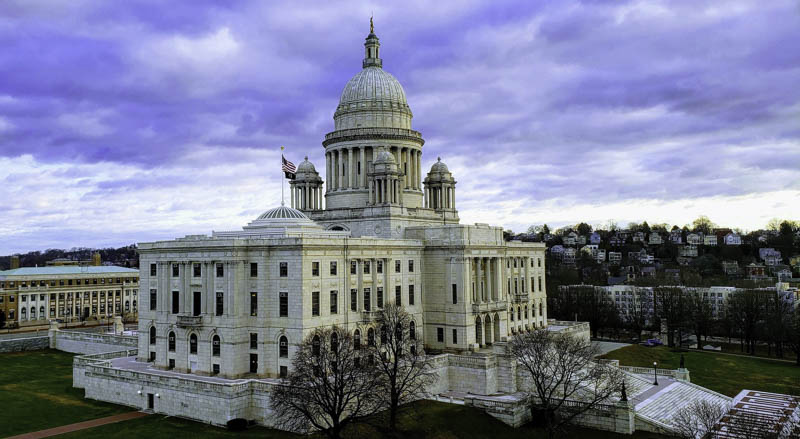Home » Cost Guides » Rhode Island Cost Guides » How Much Does it Cost to Build a House in Providence?
Providence was one of the first cities in America to industrialize, resulting in well-known textile manufacturing, machine tool, jewelry, and silverware industries. Now, it is home to eight hospitals and eight higher education institutions, which has led to more focus on the service sectors. Unfortunately, several areas of the job market have been struggling throughout the COVID-19 pandemic.
The Cost of Building a Home in Providence
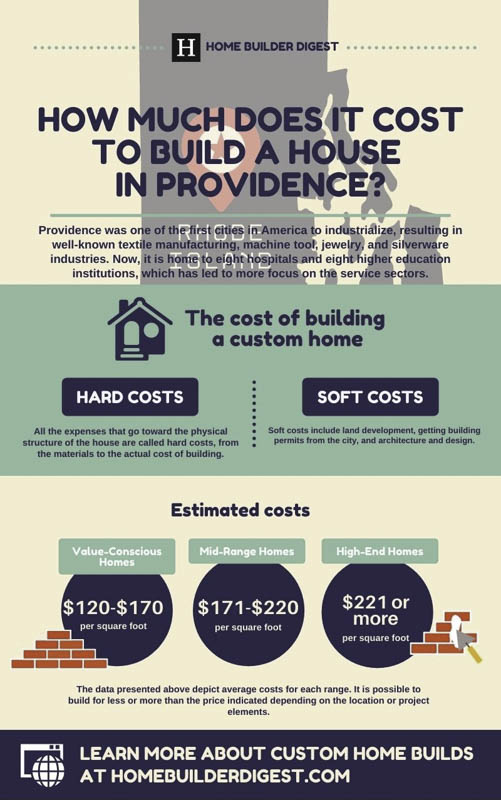
While certain industries have proven to be rather resilient over the past three years, construction firms continue to report struggling with labor shortages, retiring workers, and delivery delays of up to two years.
The construction sector, along with the government sector, has reported experiencing higher unemployment rates in December 2021. The labor shortage is forcing the construction industry to endure having an overstretched workforce, project delays, and an increase in costs.
Additionally, acquiring materials is becoming more and more costly. The Producer Price Index showed a 22% increase for construction throughout 2021. Fabricated structural metal products rose by 42%, iron by 87%, and steel mill products by 127%. Softwood lumber also rose by nearly 24% in December alone.
Combined with the national shortage of homes, the struggles of the construction industry have resulted in higher costs for new home building projects.
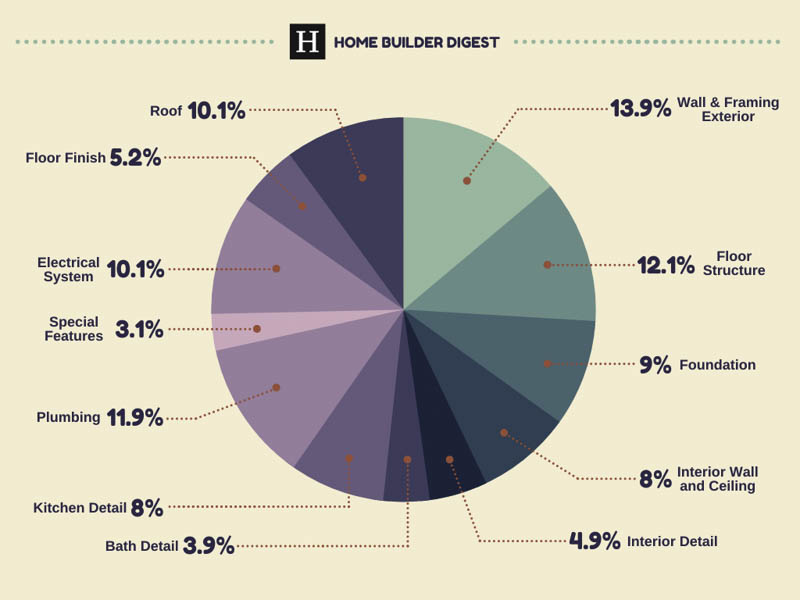
Figure 1. Typical cost breakdown of a single-family home constructed using the conventional method, according to Home Builder Digest. Image Source: National Cost Guide.
On average, it costs about $197 per square foot to build a home in Providence. The cost is a little lower compared to the national average of new home construction, which is about $207 per square foot. However, it should be noted that the cost per square foot will adjust to the complexity of the project, as well as the type and quality. Prospective project owners will also have to take into account any changes that may come from the hard and soft costs.
Hard costs are the aspects of construction that are physically part of the project itself such as framing, foundation, plumbing, flooring, and roofing. Soft costs, on the other hand, are things like architecture and design fees, permitting fees, and land costs. Project owners should keep in mind that hard and soft costs directly affect the overall project costs and will fluctuate independently of each other without notice.
Hard Costs
Project owners can expect their new home construction projects in Providence to cost anywhere from $375,000 to $850,000, although some homes have also reached the $1 to $3 million range as well. The cost of construction will change depending on the complexity, quality, and location of the project. Basic home construction costs about $120 to $170 per square foot, while mid-value home construction costs $171 to $220 per square foot. High-end luxury homes for the Providence area, meanwhile, cost at least $221 to 270 per square foot.
On top of basic construction costs, project owners will also have to consider the cost of foundation, roofing, heating, ventilation, and air conditioning (HVAC) installation, and electrical installation among other things.
Providence roofing costs generally range between $375 to $2,219.40 per 100 square feet. The following table provides the typical price ranges for roofing:
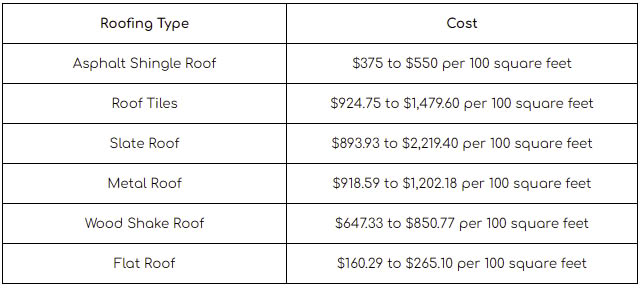
Foundation work generally costs between $5,000 to $100,000, ventilation costs around $8,000, and framing costs between $20,000 to $50,000. Exterior and interior finishes have different price ranges. Exterior finishes are $40,000 to $50,000, while interior finishes are more expensive at $70,000 to $80,000. Site work costs $1,000 to $4,000.
The cost of major systems is comprised of mainly three features: HVAC, electrical, and plumbing. HVAC system installation can cost around $4,000 to $12,000 and plumbing is about $7,000 to $15,000. Getting an electrician to wire and connect a home will be around $10,000.
Project owners are encouraged to include some allowance in their budgeting, especially in the case of unexpected price increases.
Soft Costs
Soft costs are all other costs not covered by hard costs. The soft costs project owners tend to focus most on are the cost of land, permitting fees, and architecture and design fees.
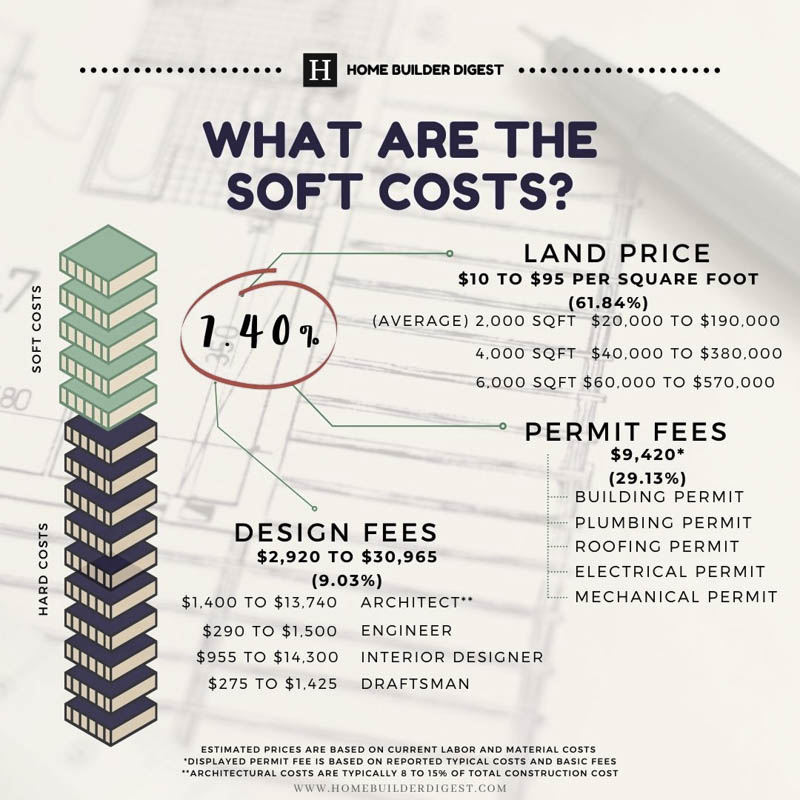
Figure 2. Soft cost percentage and average price range of additional fees, determined from the overall cost of custom home building in Providence.
Cost of the Land
Providence is currently experiencing inbound population growth, particularly from Boston. An increase in population could mean that land prices in Providence will increase more than in cities that are not experiencing population growth.
Plots of land available for residential development in Providence on Zillow have an average size of 112,061.88 square feet and an average cost of $311,837.50. The cheapest available lot on the website is 3,600 square feet and costs $115,000. It is located on Osborn Street. The most expensive lot, on the other hand, costs $750,000 and is sized at around 855,083 square feet. This lot can be found along Prospect Street.
Lots on Redfin, meanwhile, have an average cost of $298,850 and an average lot size of 43,648.93. The cheapest lot is 3,304 square feet and is priced at $50,000. It is located on Seton Street. The most expensive lot is along Charles Street. It is being sold for $2,999,500 and is sized at 855,083 square feet.
Permits and Other Fees
Information related to permit application for Providence can be found on the Permit FAQ provided by the city. The city also provides a platform to apply for permits online, which is through the local government’s website. Applications can also be sent to 444 Westminster Street, although it is highly encouraged to use the online platform instead. Permit applications require the following:
- Name of the owner
- Name of contractor and license number
- Complete description of work
- Labor & material cost of work that is being done (does not matter if the owner is supplying the material)
- Plans (if required, provide electronic submittal and one hard copy)
Permit fees are calculated based on this formula: (cost of construction for labor + materials) x a multiplier. Providence also has a permit fee calculator available for download to keep computations and budgeting as accurate as possible for project owners. Additionally, construction costs are estimated by the scope of work and a cost per square foot multiplier. The International Code Council has a multiplier listed on the Building Valuation Data table, which the city uses.

Architecture and Design Fees
Architects charge based on the total cost of construction/total construction value. Providence firms tend to charge 8 to 15%, depending on the services availed, project complexity, and architect experience or position.
Some architects will charge by the hour or by square footage as well. Architects in Providence tend to charge $10 to $25 per square foot, however, more famous architects may charge higher or even double that price. Actual architectural costs will vary depending on several factors, such as request type, project location, and the architect’s position, experience, training, and reputation. Project owners typically request services like layered drawings, project management, concept development, consultation, and site visits.
What Leading Custom Home Builders and Architects that Serve the Providence Area Say
Laura Moss, owner of Functional Aesthetic Design±Build, LLC, provided a cost-breakdown of two of her firm’s recent mid-range addition projects. The breakdown is as follows:
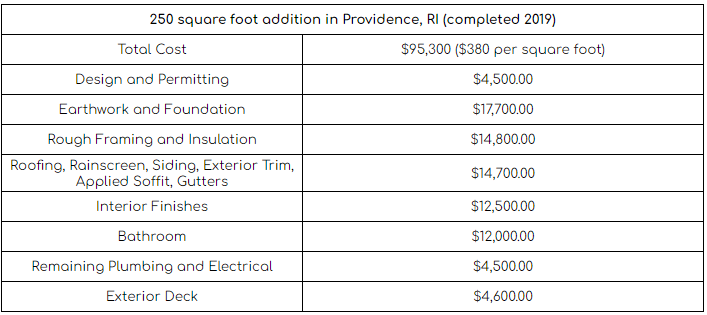
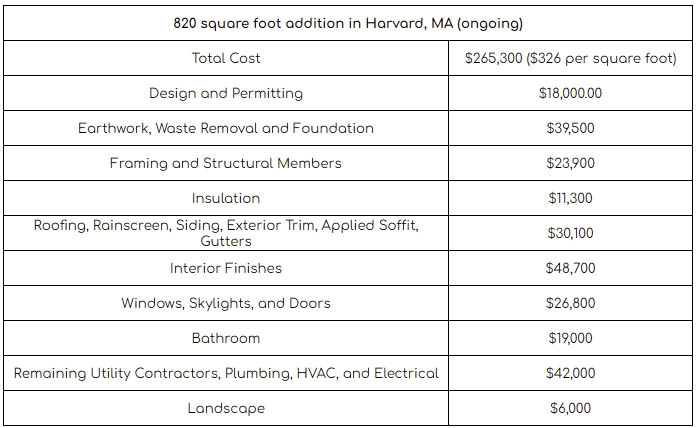
Bridget Bacon, sales and marketing manager of Red House Design Build, shared that her firm worked on mostly large-scale remodel projects and the occasional new home build. A high-end build would typically cost about $300 to $500 per square foot.
According to Bacon, costs are impacted by material costs, qualified labor costs—including sub-trades—and the type of build project owners are looking for. Some new home builders can offer lower or more competitive pricing because they have a standard catalog of home designs to choose from. These standard home designs have been perfected in process and efficiency.
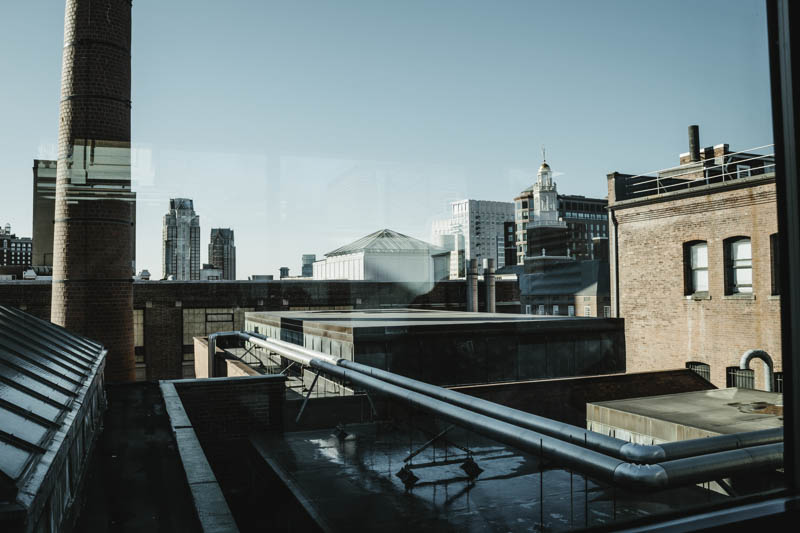
High-end and custom-built homes, which are typically unique to each client, have a longer design process. These projects tend to have more special order materials or details that require the work of highly-trained craftsmen.
Bacon said that her firm does not expect too much of a shift in material prices, despite many people preferring to wait until costs go down. She advises project owners to begin the process as soon as possible.
“It could be one to two years before your home is finished,” Bacon said, attributing one year for the design process and six months for construction. “That timeline could be even longer if you need to secure financing first.”
The Future of Providence’s Residential Construction Industry
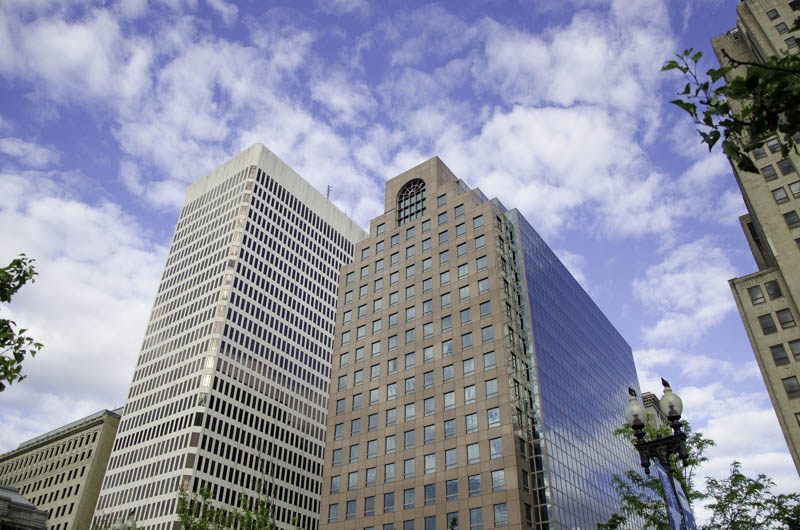
The construction industry continues to face the problems brought about by 40-year inflation peaks, labor shortages brought about by COVID-19 and retiring workers, and delivery delays of at least two years. The Producer Price Index for construction increased by 22% in 2021. An architect described it as a “three-headed inflationary dragon.”
Prices are only expected to keep increasing, especially for the short term. Materials like fabricated structural metal products, iron and steel, steel mill products, and softwood lumber have seen drastic price increases in just 2021. On top of that, the construction unemployment rate rose to 7.1% in December 2021. Contractors are also trying to contend with the erratic scheduling and supply chain delays.
Affordable Housing
About one-third of Rhode Island families, which is approximately 139,000 households, reported spending over 30% of their income on housing needs. Despite having a state law where at least 10% of housing should be affordable, families continue to struggle with affording homes. About six out of 39 Rhode Island cities meet that requirement.
Several zoning codes have prevented the development of affordable housing. There is a call to improve the zoning in the different parts of Rhode Island while being mindful of environmentally-sensitive areas. The state government is expected to address this problem and work with municipal governments, private developers, and nonprofit developers.
Considering building a home in Providence?
Contact us for a free consultation

